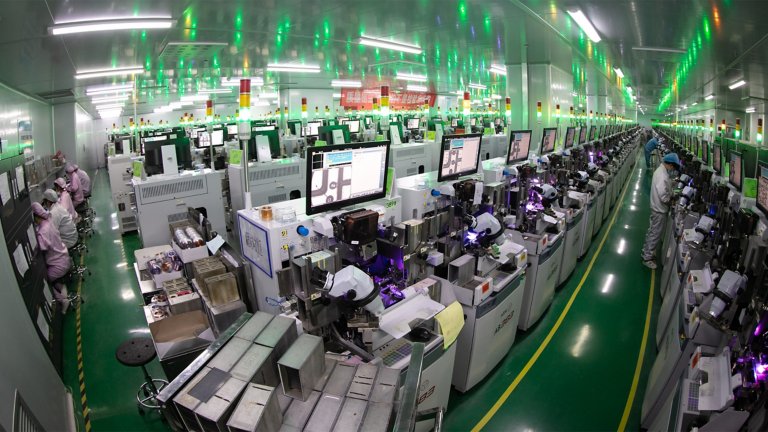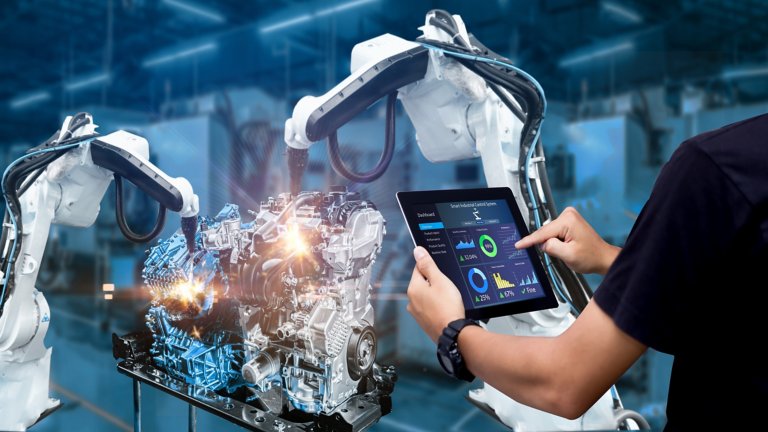By Theresa Houck, Executive Editor
EDITOR’S NOTE: Listen to our Automation Chat podcast, “8 Key Industrial Automation Trends in 2025,” with Executive Editor Theresa Houck as she reviews the important trends and technologies discussed in this article. Listen on your favorite podcast app or on the web.
Manufacturing continues to undergo stunning transformation. The pace of automation is accelerating, with more organizations creating fully automated value chains. Digital transformation can be complex and a little overwhelming, so it’s important to know what trends are affecting you — and which ones are more hype than reality.
Our analysis of the 8 key industrial automation trends highlights the critical interplay between technological advancement and workforce development for manufacturers and producers seeking to achieve business success and gain a competitive edge. And all these trends revolve around digitization — the Industrial Internet of Things (IIoT) — and it’s all about data.
Let’s examine the trends affecting you now and their ongoing impact on your operations.
1. Industrial Internet of Things (IIoT)
The IIoT and connecting operations has moved beyond trend to a standard way of doing business. It’s a broad term that covers the digitization of operations. Also called Industry 4.0 or smart manufacturing, the IIoT means connecting machines and devices for real-time data monitoring and creating smart, optimized operations.
The IIoT encompasses technologies such as edge computing, cloud computing, digital twins, artificial intelligence (AI), vision systems, smart human-machine interfaces (HMIs), augmented reality (AR), connected worker technology and other ways to help create smart, connected industrial operations. Let’s take a closer look at some of these.
2. Edge Computing and Cloud Computing, Separately or Together
Edge computing processes data closer to its source for real-time analysis, and it’s ideal for industrial firms that don’t have on-site IT expertise. It provides distributed intelligence at or near physical processes to sense, control, run local programs and communicate with industrial controllers, plant operations, enterprise systems and cloud applications.
The major advantage of using edge devices close to physical production is achieving fast response times with low latency and capturing real-time data. Incorporating higher-level functions into these field devices and industrial controllers can reduce the need for middleware software.
Meanwhile, cloud computing can be useful for any company, and particularly for small and medium-sized firms that can’t or don’t want to make a large investment in on-site systems. Cloud-based solutions reduce overhead and simplify remote data access.
In fact, some manufacturers integrate both edge and cloud computing. For example, edge computing performs real-time monitoring and machinery control, while cloud computing powers data analytics, storage and access. Both technologies offer strong cybersecurity postures.



